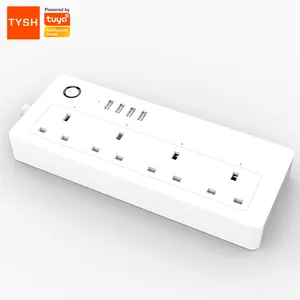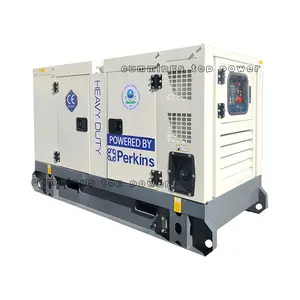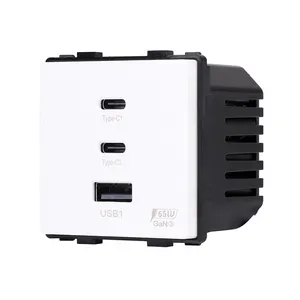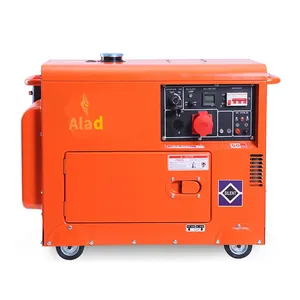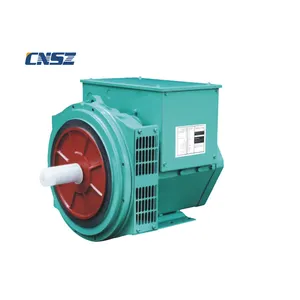Popular in your industry





































































Top categories
About 36kv load break switch
Understanding the 36kv Load Break Switch
The 36kv load break switch is a pivotal component in the electrical distribution network. Designed to interrupt current flow, this switch enables the disconnection and connection of a circuit under load. Its role is crucial in managing and protecting electrical systems.
Types and Configurations
Diversity in design allows 36kv load break switches to cater to various industrial applications. They come in different configurations such as pole-mounted, indoor, and outdoor units, each tailored to specific operational requirements. The choice of type often depends on factors like installation environment and electrical load.
Applications and Uses
The application of 36kv load break switches spans across multiple industries, from utility substations to commercial buildings. They are integral in ring main units, transformer substations, and distribution lines, providing safety and control in electrical distribution networks.
Features and Materials
36kv load break switches are recognized for their robust construction. Materials like steel and stainless steel contribute to their durability and longevity. Features may include various color-coded handles for easy phase identification and operational status, enhancing user interaction and safety.
Advantages of Utilizing 36kv Load Break Switches
The use of 36kv load break switches brings several advantages to electrical systems. They ensure a reliable disconnection for maintenance, reduce the risk of electrical faults, and improve the overall safety of the network. Their design allows for quick isolation of problem areas, minimizing downtime and maintenance costs.
Selection Considerations
Selecting the right 36kv load break switch involves considering factors such as current rating, interrupting capacity, and operational environment. It is essential to evaluate the specific needs of the electrical system to ensure optimal performance and safety.
